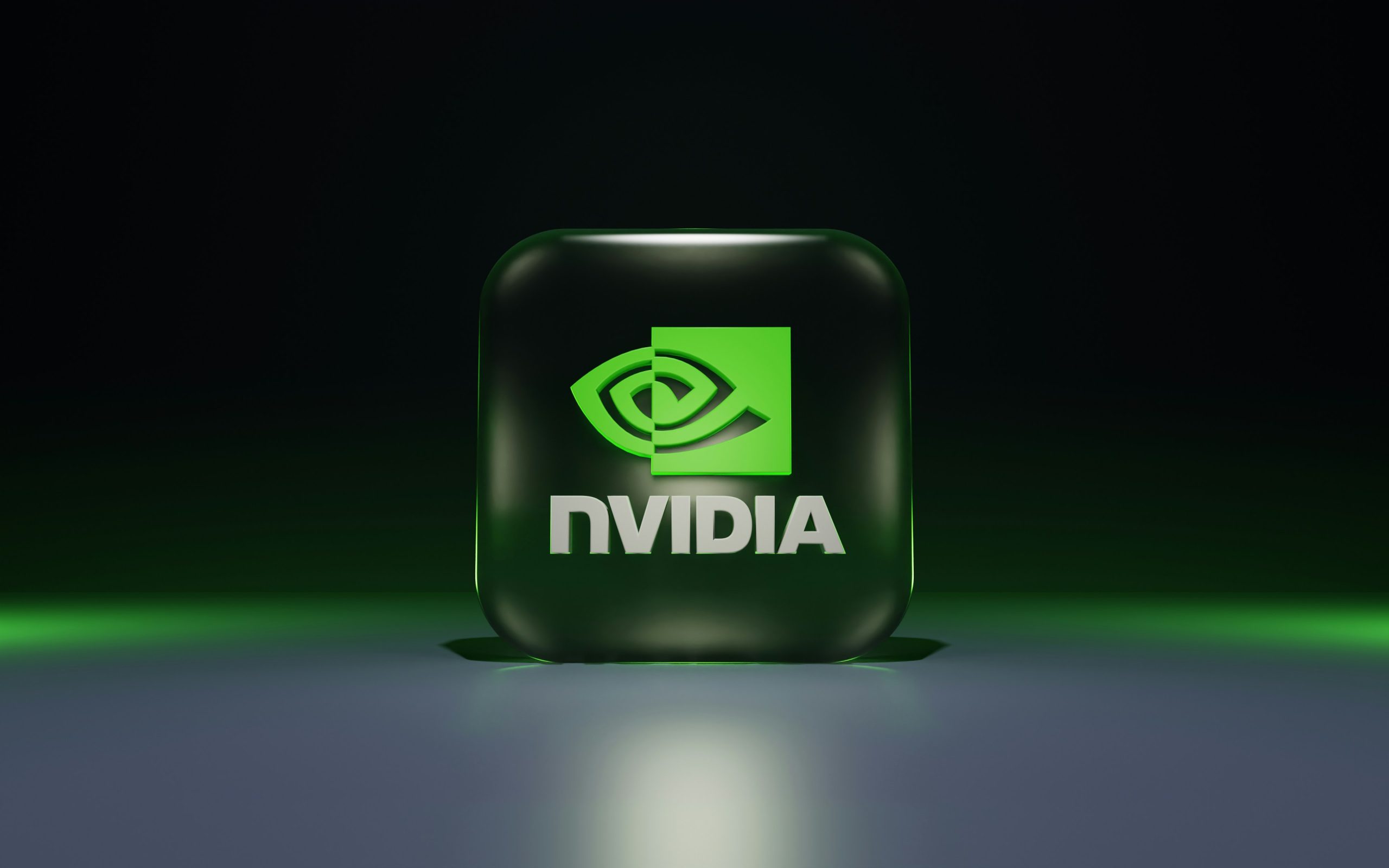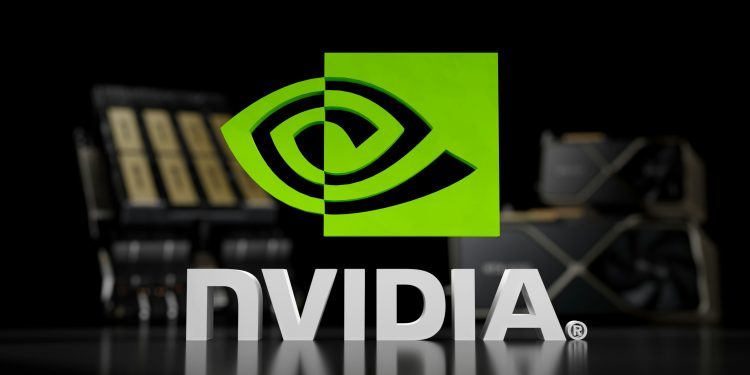Nvidia and AMD, the world’s leading AI chip manufacturers, have agreed to pay 15% of their China semiconductor revenues to the US government as part of a deal to secure critical export licenses, according to sources familiar with the negotiations.
This arrangement, first reported by the Financial Times, applies specifically to Nvidia’s H20 chips and AMD’s MI308 processors sold in the world’s second-largest economy. Nvidia confirmed the agreement in a statement to the BBC, emphasizing its compliance with US export control rules while expressing hope for continued global market competition.
How US Chip Restrictions Are Reshaping Tech Trade
The revenue-sharing mandate stems from escalating US-China tech tensions, particularly surrounding advanced semiconductor exports. Washington initially banned Nvidia H20 chip sales to China over national security concerns, a prohibition that was briefly reinstated by the Trump administration in April before recent negotiations led to conditional approval. Nvidia CEO Jensen Huang has personally lobbied both governments, including a reported meeting with former President Donald Trump, as the company seeks to protect its substantial Chinese market share.

The H20 processor was specifically engineered by Nvidia for the Chinese market after the Biden administration’s 2023 export restrictions blocked sales of more advanced chips. Similarly, AMD’s MI308 AI accelerator has faced scrutiny under evolving semiconductor export controls. Industry analysts note the 15% revenue forfeiture creates an unusual hybrid solution—allowing continued Chinese market access while funneling substantial funds to US coffers. Neither company disclosed projected payment amounts, but with China representing 20-25% of Nvidia’s revenue, the sums could reach billions annually.
What This Means
The semiconductor agreement comes alongside a tentative US-China trade thaw, including Beijing’s relaxation of rare earth export controls and Washington’s eased restrictions on chip design software firms operating in China. This follows a 90-day tariff truce agreed in May, though negotiators face an impending August 12 deadline to extend the pause. While Nvidia and AMD navigate these complex arrangements, the 15% revenue requirement is setting a tone for how tech giants may need to balance geopolitical demands with global business ambitions in an era of accelerating tech decoupling.

















